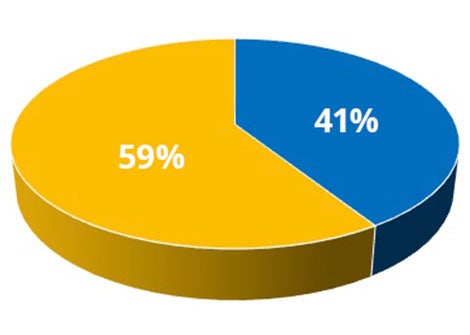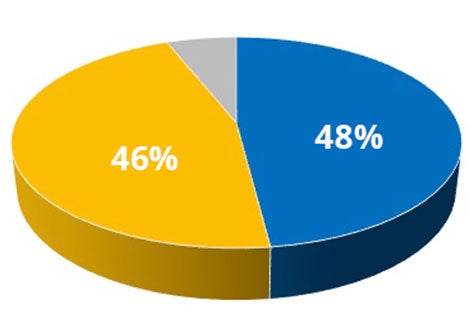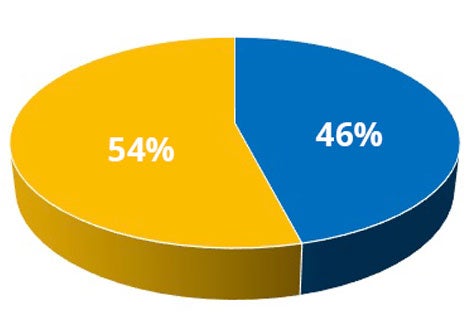You are here
IT Vision and Strategy: Driving Factors
Leverage IT Resources to Better Align with and Enable the Plan for Pitt

The Plan for Pitt
Providing technology and solutions that enable the Plan for Pitt:
- Advance Educational Excellence
- Engage in Research of Impact
- Strengthen Communities
- Promote Diversity and Impact
- Embrace the World
- Build Foundational Strength
IT Assessment Report
A study compiled by consultant Deloitte found that, while many core IT services are centralized at CSSD, there are a significant amount of IT services decentralized across campus impacting efficiency, effectiveness, and risk management.
Some examples of decentralization include:
- FIS runs and operates PRISM HR and Financials from hardware to applications, resulting in duplicate services, solution selection, and data sharing capabilities
- Pitt has over 19 help desks on campus using at least 16 different ticketing systems
- With at least four other data centers across Pitt campuses, about a third of all physical servers reside outside of CSSD
Pitt spends over $132M on IT
IT Spend by Budget
 |
|
IT Spend on Hardware and Software
 |
|
IT Spend
 |
|
Pitt has the equivalent of more than 620 full-time IT staff
- 37% in CSSD; 63% across non-CSSD units
- 97 schools and departments have IT staff
Operational Excellence
For innovation to happen, IT must be “hitting on all cylinders.” As such, we are committed to:
- Continuous improvement of all IT services
- Stakeholder engaged and transparent processes for selection of enterprise systems and services
- Service Level Agreements (SLA) with campus on performance of critical systems and infrastructure
- Dashboards for community consumption—indicating performance and availability levels of critical systems
Further, we are planning the creation of the following capabilities:
- IT Project Management Office (PMO) to bring standards and processes to our projects
- Business analysis expertise to lead business process reviews and improvements
- Evaluating the feasibility of creating Lean/Six Sigma leaders as further process review resources
However, operational excellence is not just CSSD. We need all staff involved IT:
- Committed to continuous improvement of environments they support
- Open to training to keep current with technologies that benefit their units
- Willing to participate in University-wide initiatives and provide leadership on experimental initiatives